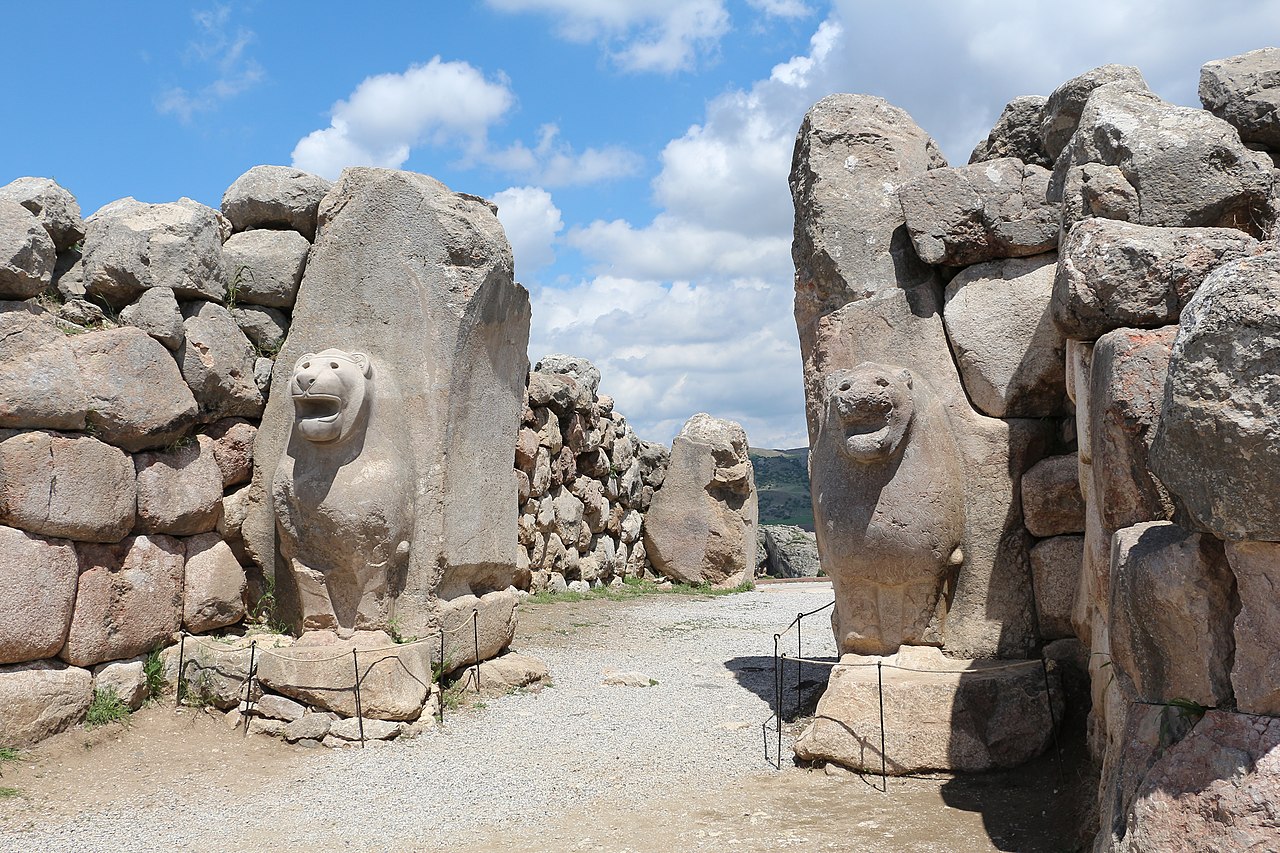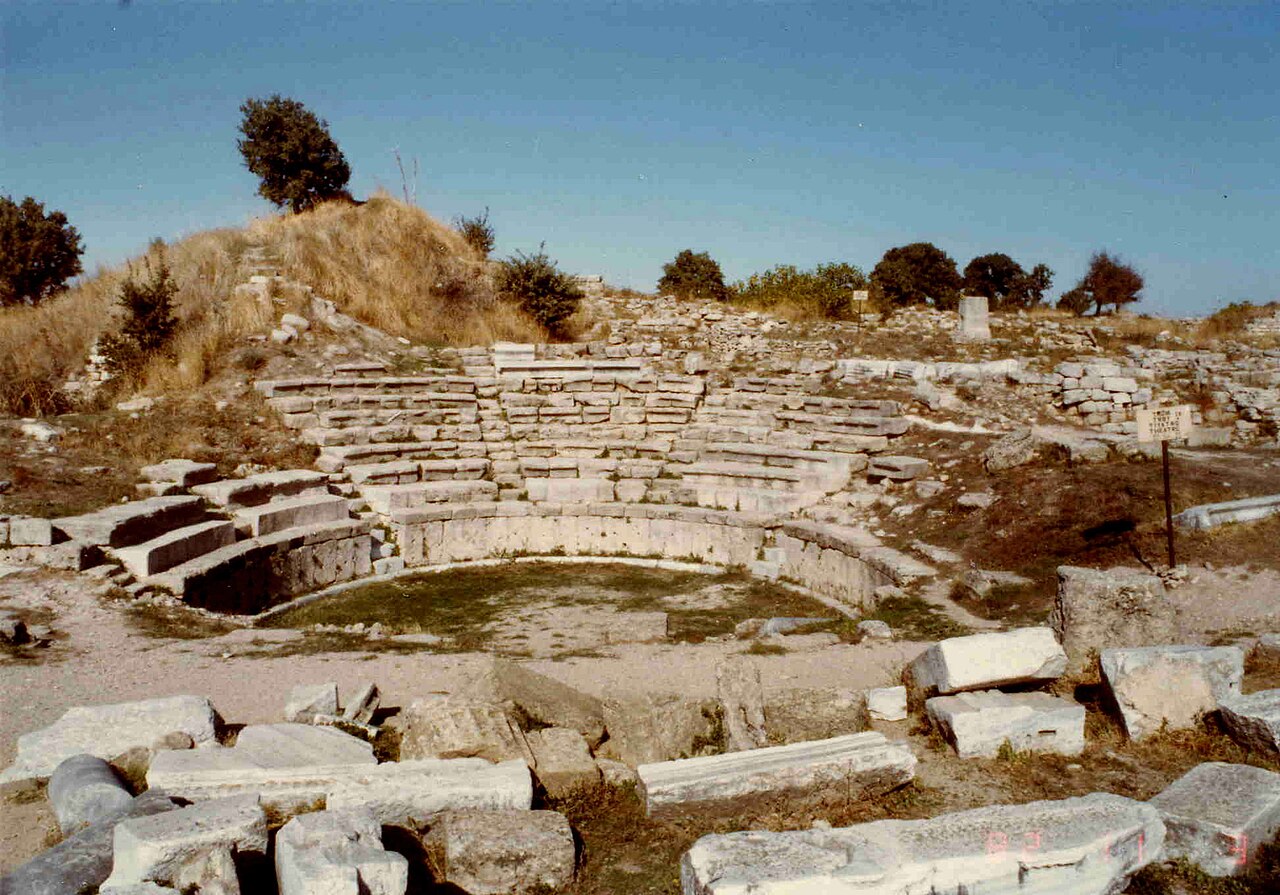Turkey, UNESCO World Heritage List
Historic Areas of Istanbul (1985): This site includes monuments such as Hagia Sophia, Topkapi Palace, and the Blue Mosque, showcasing the city's historical significance.
The Hittite Capital (1986): The ancient Hittite capital of Hattusha, along with its archaeological remains, is part of this World Heritage Site.

Xanthos-Letoon (1988): Encompassing the ancient cities of Xanthos and Letoon, this site reflects the blending of Lycian traditions with Hellenistic influence.
Archaeological Site of Troy (1998): The legendary city of Troy, as described in Homer's Iliad, is an archaeological site with a history spanning several millennia.

Selimiye Mosque and its Social Complex (2011): Located in Edirne, this mosque, built by the Ottoman architect Mimar Sinan, represents the highest achievements of Ottoman architecture.

Göreme National Park and the Rock Sites of Cappadocia (1985): Known for its unique fairy chimneys, cave dwellings, and early Christian churches, Cappadocia is a remarkable cultural landscape.
Nemrut Dağ (1987): This site features colossal statues and a sacred area built by King Antiochus I Theos of Commagene on Mount Nemrut.
City of Safranbolu (1994): Known for its well-preserved Ottoman architecture, Safranbolu provides insight into the urban development of the Ottoman Empire.
Hierapolis-Pamukkale (1988): The ancient city of Hierapolis, coupled with the natural wonder of Pamukkale's terraces, is recognized for its cultural and natural significance.
Aphrodisias (2017): This archaeological site features the well-preserved ruins of the ancient city of Aphrodisias, dedicated to the goddess Aphrodite.




















![[ℕ𝕖𝕧𝕖𝕣] 𝕊𝕖𝕝𝕝 𝕐𝕠𝕦𝕣 𝔹𝕖𝕒𝕟𝕚𝕖 𝔹𝕒𝕓𝕚𝕖𝕤 - Have Fun Staying Poor](https://cdn.bulbapp.io/frontend/images/17e87f53-0225-4de1-995f-9f66198cb037/1)










































